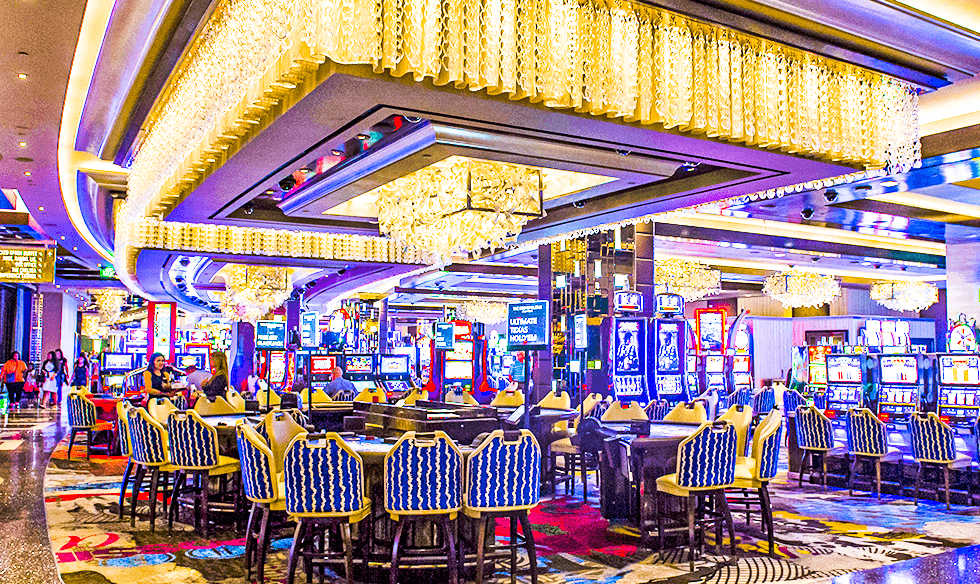When it comes to slot games, players often find themselves enthralled by the shimmering lights, exciting themes, and the excitement of the reel spins. But behind the glamour and excitement lies an critical concept that every player should understand: Return to Player percentage, or RTP. This crucial metric is essential in influencing how much of your wagered money will return to you over time, influencing your gaming experience and strategy as you play.
RTP is typically represented as a percent and represents the typical sum of money returned to players compared to the cumulative wagers. For instance, if a slot game has an RTP of 95%, it means that, on average terms, players get back ninety-five dollars for every 100 dollars wagered. Understanding this concept can help players make informed decisions when deciding on slots to spin, ultimately enhancing their gaming experience at the casino.
What is the definition of RTP?
Return to Player, often called RTP, represents a crucial concept in the realm of casino slots games. It represents the proportion of total wagered amounts which a slot machine is set to pay back to players through its operation. For example, if a specific slot has an RTP of 95, this means that, theoretically, players are likely to reclaim $95 for each $100 wagered in the long run. Knowing RTP helps players assess the potential profitability of various slot games.
RTP does not serve as a surety of individual wins but instead it is an average computed over many spins. Individual players’ experience may differ significantly as a result of the randomness intrinsic in slot machines. A higher RTP implies superior odds for the player, thus making it an essential consideration to consider while selecting the slots to play. Still, despite having high RTP, there can be periods where players experience losses, since luck plays a significant role.
It is important to note that different slots have different RTP percentages. Some games could display a lower RTP due to a significant entertainment or unique features, while others hold a elevated percentage to draw in more risk-averse players. Recognizing RTP enables players to take informed decisions about their play strategies and control their money effectively while experiencing the adrenaline of casino slot games.

The Way RTP is Being Determined
A Return to Player, also known as Return to Player, is a vital metric within the realm pertaining to gambling slots titles. This indicates the percentage of all bet money which a slot machine is expected to return to players in the long run. Comprehending the method by which this measurement can be calculated demands insight into both the slot’s architecture and its reward structure. This return value is calculated through intricate algorithms as well as data evaluation executed during the slot machine development phase. Slot developers take into account various elements, including the likelihood of winning outcomes as well as the magnitude for returns for each combination.
In order to compute RTP, developers model a large number of rotations of the game. These modeling efforts aid determine the average amount that on average, a gambler is likely to earn according to their wagers. For example, if a slot game boasts an average return of 95 percent, it suggests that, in theory, for every one hundred bet, players can expect to get ninety-five bucks back in the long term. That figure does not indicate the amount a player might receive in a single play or over a few spins; instead, it reflects overall payout expectations.
RTP values are usually disclosed from the gaming house and slot creator. Gamblers should always seek out this data when choosing a casino slots, because it can significantly influence their gaming experience. A greater return value typically means a better chance to recoup a segment of bets, even though specific sessions may differ greatly. Grasping this concept can help players make informed decisions while enhance their overall experience in the realm of casino slots.
Value of Return to Player in Gaming
Comprehending the RTP or RTP is important for any player involved in gambling on slots. Return to Player is the percentage of wagered money that a slot machine is designed to pay back to players over the long run. A greater Return to Player indicates that players can look forward to receiving a larger portion of their wagers back, making it an significant factor for those attempting to enhance their gambling enjoyment. Understanding this number aids players make smart choices about which games to play, as it can significantly affect their chances of winning.
Moreover, RTP holds a crucial role in the overall fairness and clarity of casino slots. Players are often attracted to games with greater return rates because they provide a superior chance of success over the long term. Gaming establishments and software creators use RTP as a marketing tool to attract gamers, ensuring they maintain a competitive edge in the thriving gambling industry. https://ga179.education/ By being aware of Return to Player, players can choose games that align with their comfort level and objectives.
In conclusion, the idea of RTP promotes safe gambling behavior. Recognizing that not all games will provide immediate returns and that RTP is based on extended play, gamers can manage their expectations and playing habits effectively. This understanding enhances the enjoyment of casino slots while fostering a more sustainable gaming environment. Players who comprehend the significance of RTP are likely to have a better experience and reduce the risks of problematic gambling behavior.